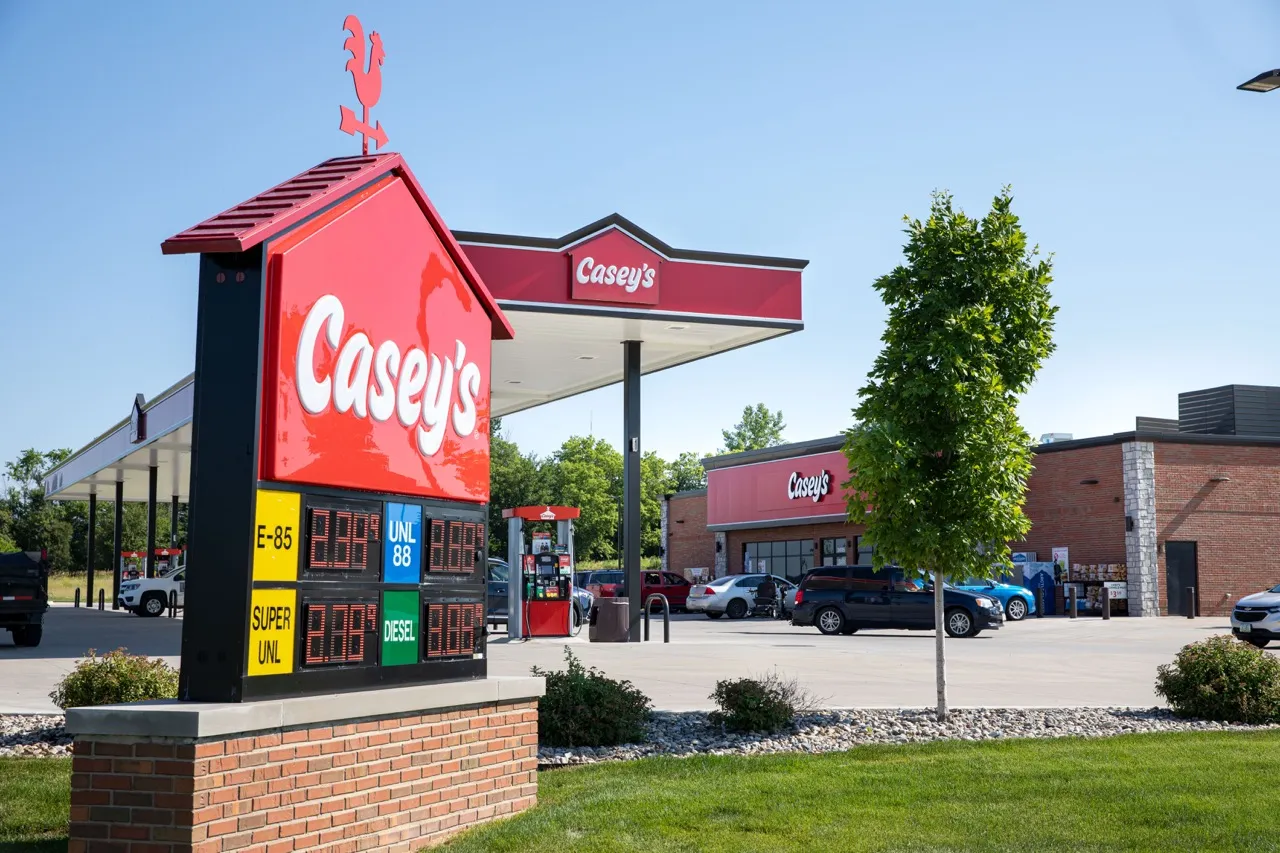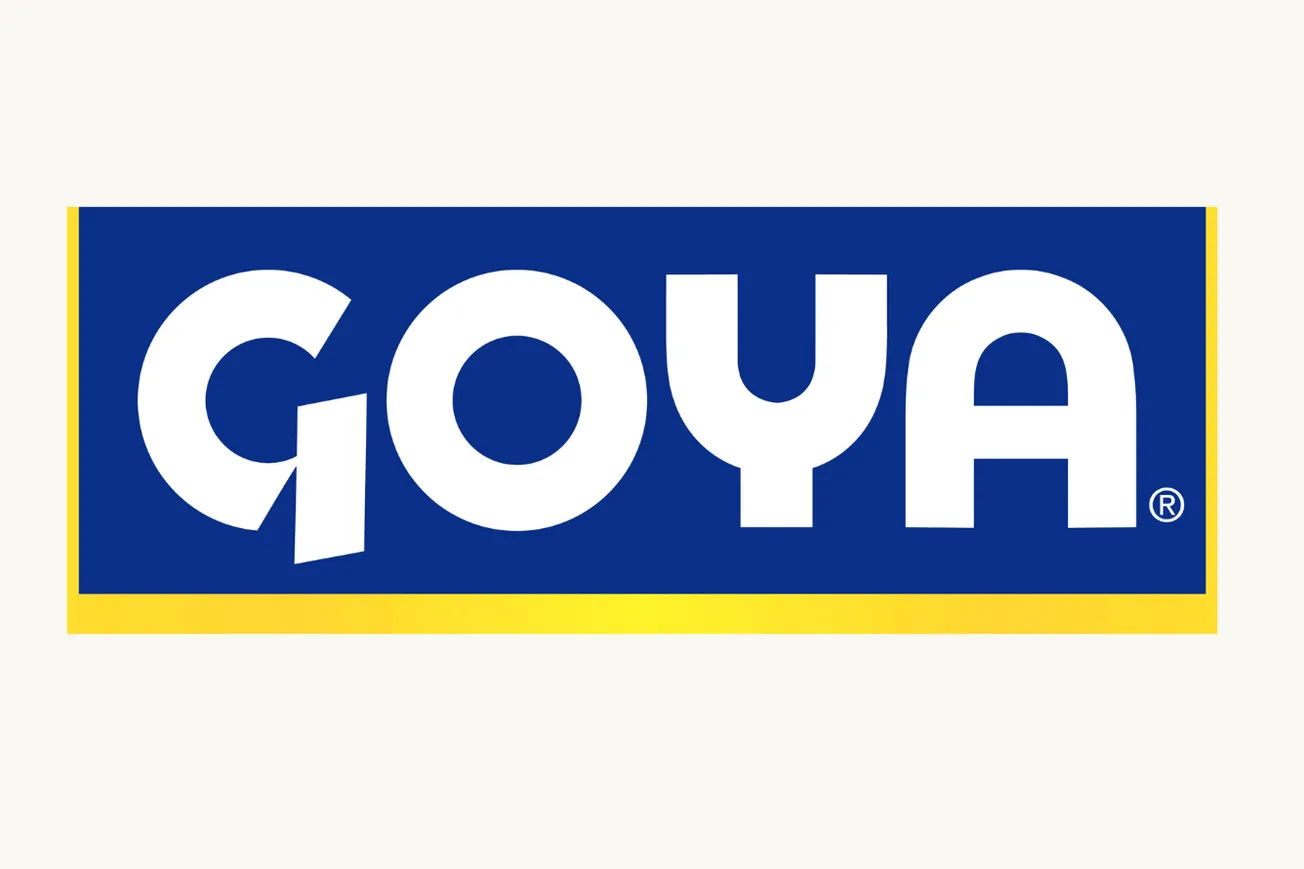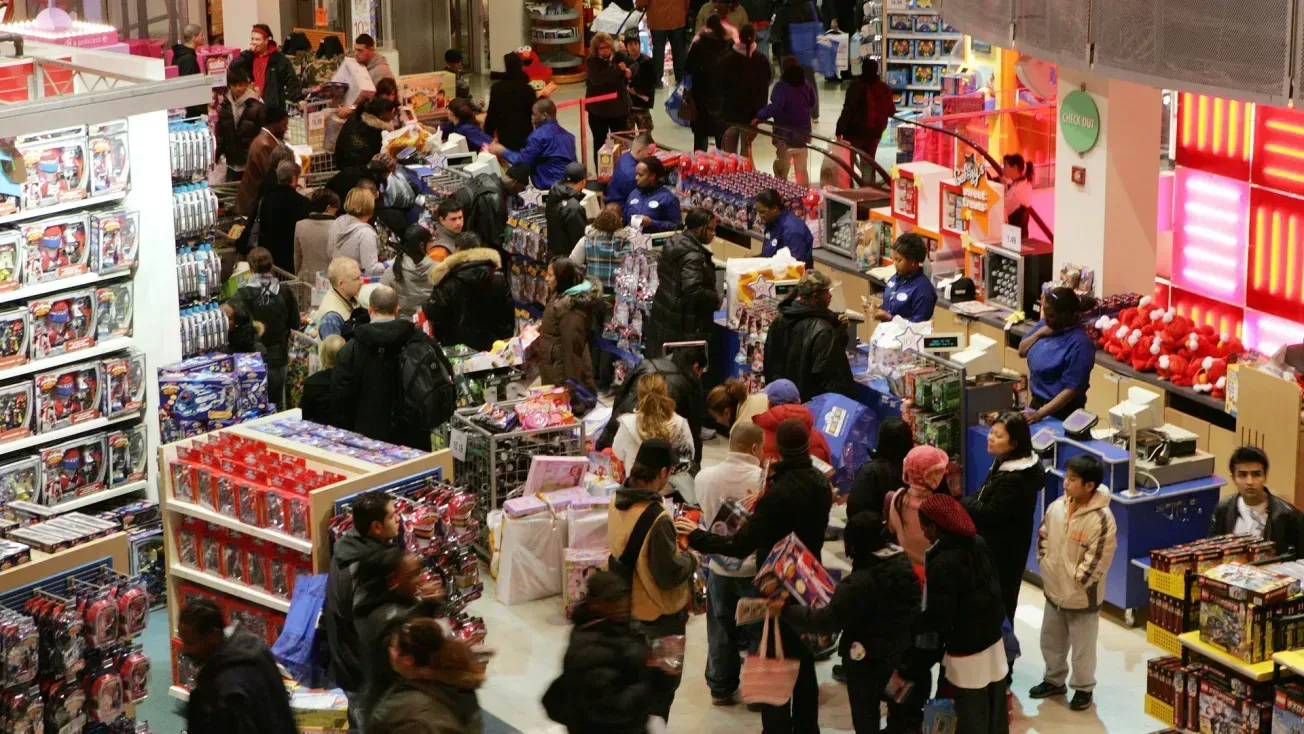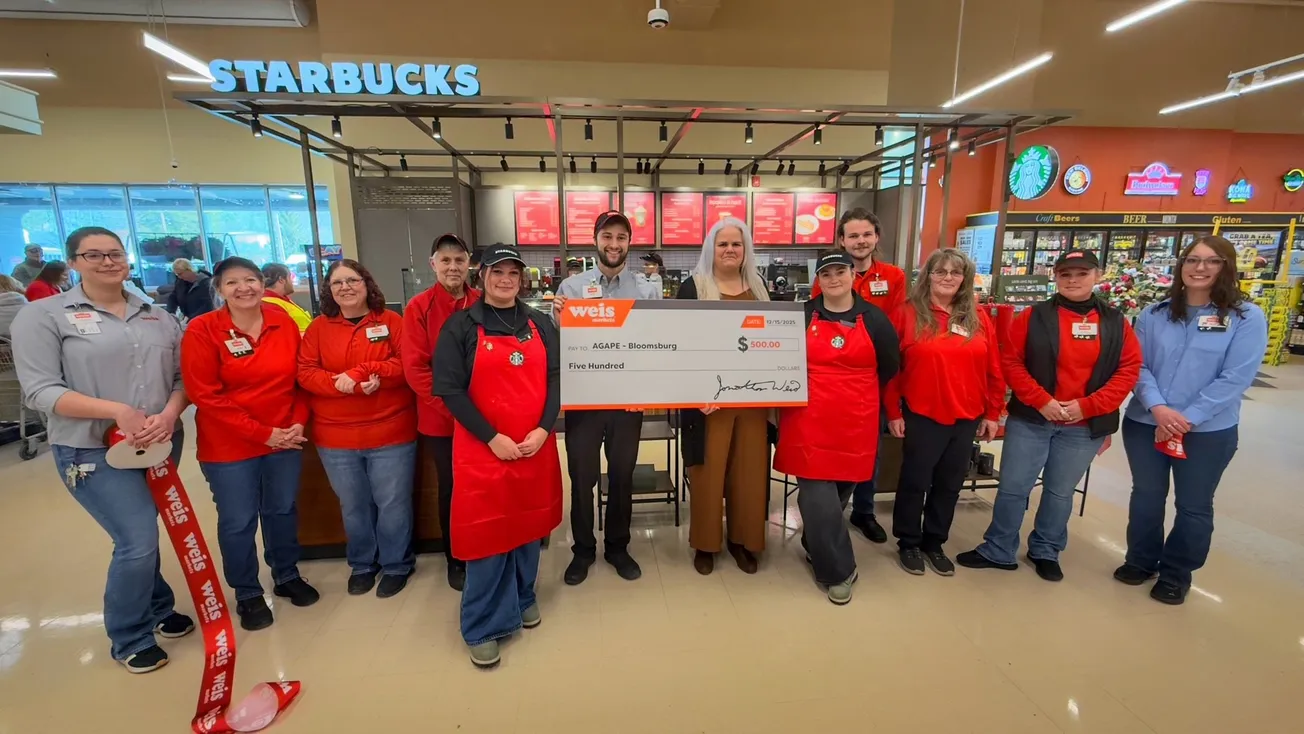The second Total Store Expo, the marketing and merchandising extravaganza and exhibit show sponsored by the National Association of Chain Drug Stores, came and went in Boston as August wound down.
The second Total Store Expo, the marketing and merchandising extravaganza and exhibit show sponsored by the National Association of Chain Drug Stores, came and went in Boston as August wound down.
Depending on your definition, it was a three- or four-day affair anchored in a sprawling exhibition of products, programs and services that also offered attendees a variety of business sessions, a sprinkling of social events and ample time for retailers and suppliers to informally meet to discuss, dissect, review and analyze current business conditions and future prospects.
As an event, TSE remains, in its second year, a glossy, effective and largely impressive example of retail theater at its best. Indeed, it would be difficult for a mass retailer or supplier to justify a decision not to attend this show. Personal objectives aside, Boston was the place to visit in late August to accurately gauge the state of retailing in America, the health of the retail business, and the outlook for that business going forward. Put another way, any retailer or supplier truly interested or concerned with business had only to journey to Boston to get an accurate reading.
However, any true reading of the state of retailing in 2014 did not encourage optimism. Indeed, many of the major retailers along Boston’s waterfront last month candidly acknowledged that business was not nearly as strong as in years past — and that, more to the point, business for the few was downright disappointing. That was the cloud that descended on TSE last month, and if it didn’t dampen the proceedings, it at least dampened the enthusiasm.
Ironically, however, the pessimistic business environment made more urgent the need for TSE.
It’s hardly news that retailers and suppliers don’t meet as often or as meaningfully as they once did. Relationships, once the core of the retail business in America, have become intrusive, necessary interruptions on the path to building sales. They have been further hindered by the unusual influx of new faces on the retail side, many of them in senior positions. Further, retailing itself is changing dramatically, with the nation’s largest retail companies operating with new leadership, new objectives, new strategies and new challenges. Indeed, each of the largest general merchandise retailers can claim new faces at or near the top of the executive grid.
Many of the new leaders passed up TSE. Others, however, did not. And even those companies whose leadership stayed home were represented in Boston in force, often with new priorities, new agendas, new marching orders. For the supplier community, this made attendance at TSE mandatory; those suppliers who stayed home did so at considerable risk.
TSE is not easy duty. The days are long, the evenings sometimes endless, the repetition often mind boggling. Breakfasts meld into luncheons which lead to evening receptions which end in dinners, some of which drag on into the early hours of the next day. But this is what mass retailing in America has become, an endless search for the new, the different, the exciting, the opportunistic, the next reason for the customer to enter the store with money or a credit card in her pocket.
The one lament in Boston last month was the absence of new products. It was an accurate complaint in that many of the retailers present couldn’t find any new products — because they didn’t know where to look. In an exhibit hall crammed with suppliers big and small showing items old and new, retailers had to work to find those of value. They had to use their feet and their brains. Too many failed to do so.
TSE has become, in one year, a fixture on the NACDS meetings agenda. Rightly so. It has quickly emerged as the one must-attend exhibit show — for good reason. It offers more opportunities, across the store, than any competing show. Atop that, it is executed more professionally, more flawlessly, than any competitor.
Does TSE have flaws? Surely. Perhaps it is too big, too unmanageable, too difficult to negotiate. Perhaps there are too many business sessions. Or too few. Maybe the social agenda is unmanageable. But remember, TSE is a work it progress. In only its second year, it has already emerged as the show against which all others will be measured going forward.
That can be said with certainty. And that’s all that need be said.





